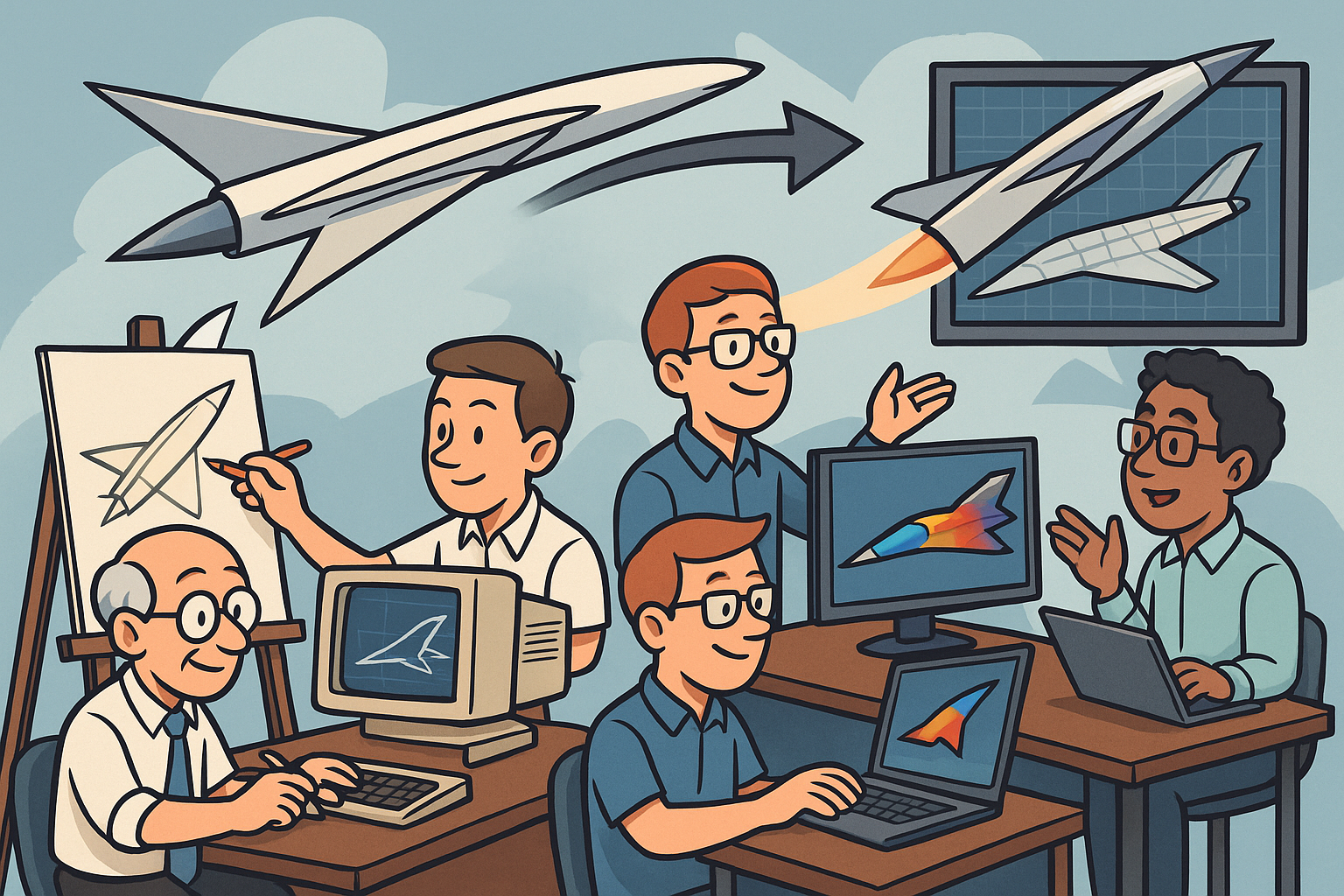Your Cart is Empty
Customer Testimonials
-
"Great customer service. The folks at Novedge were super helpful in navigating a somewhat complicated order including software upgrades and serial numbers in various stages of inactivity. They were friendly and helpful throughout the process.."
Ruben Ruckmark
"Quick & very helpful. We have been using Novedge for years and are very happy with their quick service when we need to make a purchase and excellent support resolving any issues."
Will Woodson
"Scott is the best. He reminds me about subscriptions dates, guides me in the correct direction for updates. He always responds promptly to me. He is literally the reason I continue to work with Novedge and will do so in the future."
Edward Mchugh
"Calvin Lok is “the man”. After my purchase of Sketchup 2021, he called me and provided step-by-step instructions to ease me through difficulties I was having with the setup of my new software."
Mike Borzage
Harnessing AI-Powered Sketch Recognition to Revolutionize Conceptual Design
May 11, 2024 3 min read


Introduction to AI in Design Software
In the realm of design and engineering, AI-powered sketch recognition is a groundbreaking technology that interprets hand-drawn sketches and transforms them into digital formats for further manipulation and refinement. This technology leverages artificial intelligence to understand the intent behind rough drawings, providing an intuitive bridge between the designer’s mind and the digital canvas.
AI's role in design software has evolved significantly since its inception. Initially used for simple tasks such as pattern recognition and automation of repetitive tasks, AI has now become an integral part in the conceptualization and realization of designs. The importance of conceptual design cannot be overstated – it is the stage where creativity is harnessed to innovate and lay the foundation for the entire product development cycle.
How AI Sketch Recognition Transforms Conceptual Design
The design world has witnessed a paradigm shift with the introduction of digital sketch recognition. The traditional approach of pencil and paper is giving way to AI-driven tools that offer a seamless transition from freeform sketching to precise digital models.
- Examples of AI sketch recognition software include Adobe Fresco and Sketch2Code, which boast capabilities ranging from transforming sketches into interactive prototypes to converting doodles into functional HTML code.
- AI for rapid prototyping allows designers to quickly visualize their ideas, making iterative design faster and more effective.
The utilization of AI in this early stage amplifies a designer's ability to explore a broader range of ideas, leading to enhanced creativity and innovation. However, it's not just about efficiency; the improved accuracy and interpretation of sketches that AI technology provides can lead to more informed design decisions and better end products.
Challenges and Considerations in Implementing AI Sketch Recognition
Despite the numerous advantages, integrating AI sketch recognition into the design process comes with its share of challenges. One of the major technical challenges lies in the accuracy of sketch interpretation. Hand-drawn sketches can be ambiguous, and AI may interpret them differently than intended, necessitating a level of refinement and validation by the designer.
- Designers may face a learning curve as they adapt to the new software tools, which requires time and training.
- AI's handling of data raises ethical and privacy concerns, particularly when sketches contain sensitive information or intellectual property.
Furthermore, there is an ongoing debate on the balance between automation and human creativity. While AI can streamline certain tasks, the creative essence of design must remain firmly in the hands of the designer to ensure that the final product reflects human intuition and innovation.
The Future of AI-Driven Design Tools
Looking ahead, the evolution of AI in design software is poised to accelerate. We can anticipate AI enabling new forms of collaborative and remote design work, breaking down geographical barriers and fostering a more interconnected global design community.
The influence of AI on education and skill development for designers is also expected to be profound. As AI tools become more advanced, designers will need to adapt by acquiring new skills, underscoring the importance of continuous learning in the design profession.
In conclusion, artificial intelligence is not just reshaping the tools we use but is redefining the very nature of design and innovation. As we harness the power of AI in sketch recognition and beyond, the future of design holds limitless potential to be more efficient, collaborative, and creative.
Also in Design News

Revolutionizing Business: Integrating Design Software with ERP Systems for Seamless Innovation and Efficiency
August 27, 2025 10 min read
Read More
Cinema 4D Tip: Optimizing Polygon Count in Cinema 4D for Enhanced Performance and Visual Fidelity
August 27, 2025 3 min read
Read MoreSubscribe
Sign up to get the latest on sales, new releases and more …



